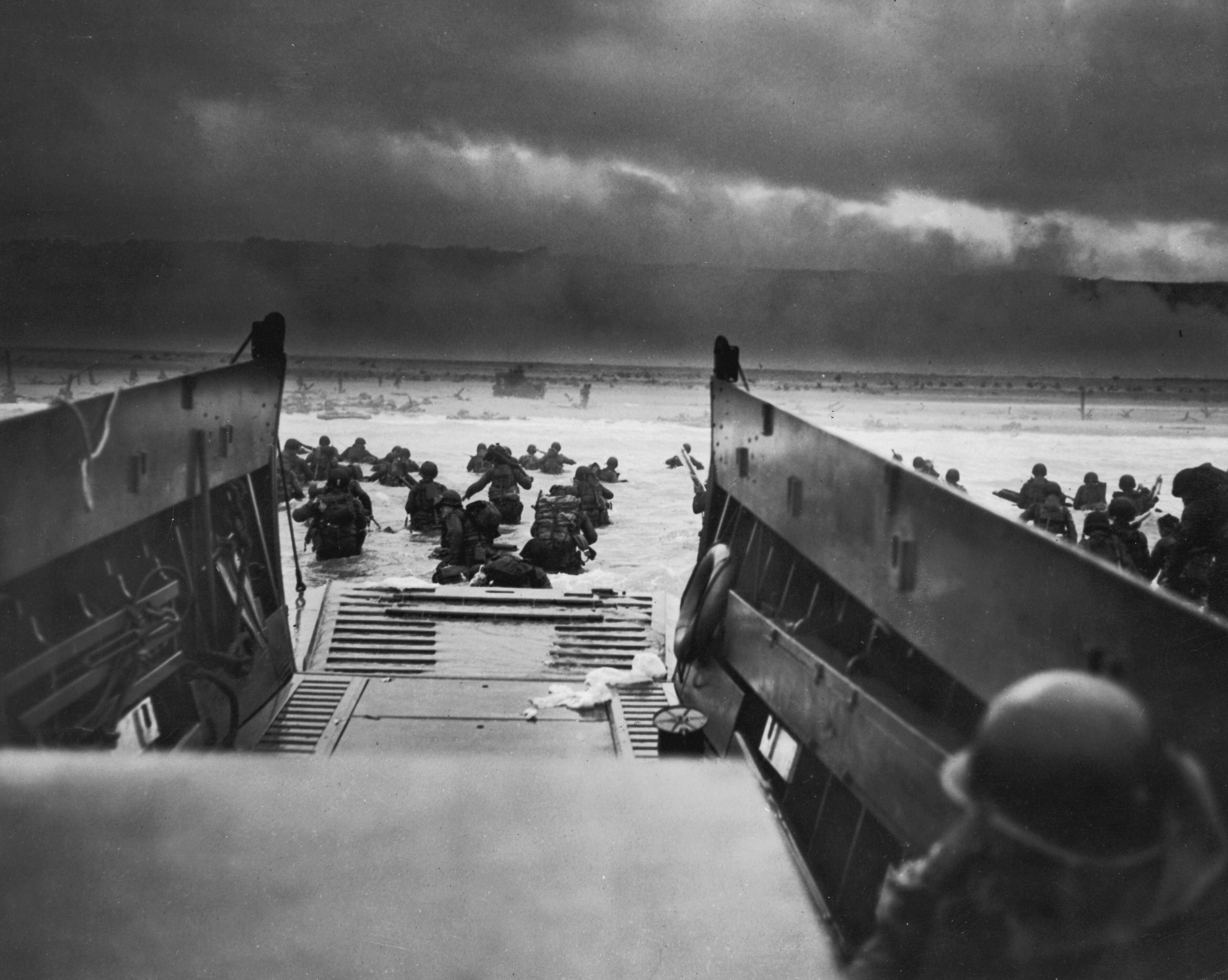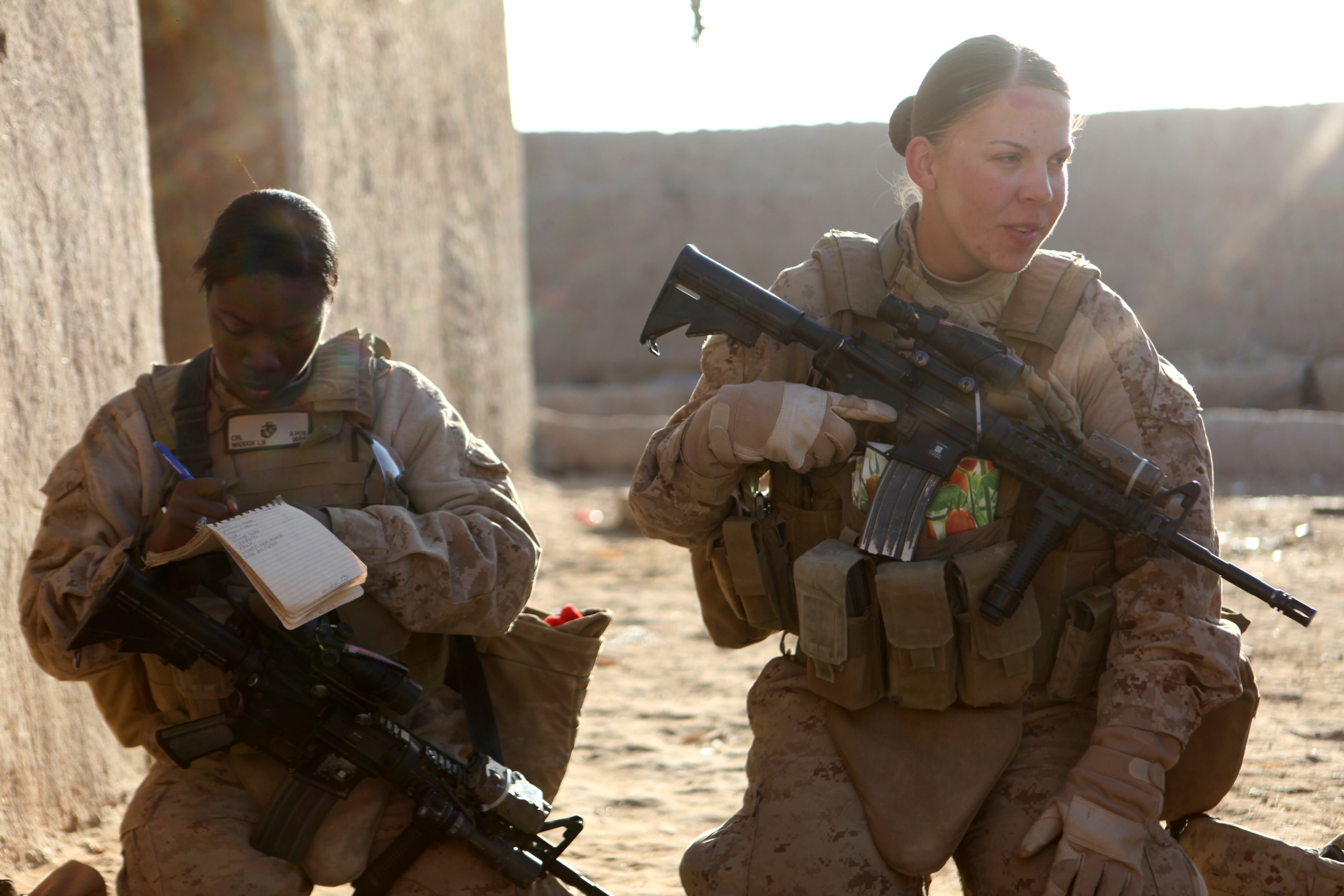Editor’s note: This story was first published on HistoryNet.com.
On June 6, 1944, a little more than 78 years ago, over 160,000 Allied troops were sent to cross the English Channel onto the beaches of Normandy, France. The ensuing operation, Operation Overlord — launched by Gen. Dwight D. Eisenhower known in the U.S. as “D-Day” — was the first of many in the fight to liberate Western Europe from Adolf Hitler’s grasp. After almost 79 years, the largest amphibious operation in history has become saturated with numerous tales of valor and lore, but not all of them are true. Today we are breaking down fact from fiction, myth from verity.
First up:
Myth #1: D-Day was a predominantly American effort.
A lot of Americans think of the Normandy invasion as a largely American endeavor. An American, Eisenhower, was appointed the Supreme Commander of the Allied Expeditionary Force, and a lot of the heavy casualties were suffered by the U.S. troops.
But while 73,000 Americans were involved in Operation Overlord, some 83,115 British and Canadian troops also took part — 61,715 of them were British.
According to historian James Holland, of the 1,213 warships involved, just 200 were American and 892 were British; and of the 4,126 landing craft involved, 805 were American and 3,261 were British. Indeed, 31% of all US supplies used during D-Day came directly from Britain, while two-thirds of the 12,000 aircraft involved were also British.
So, while it looms large in the American mind that D-Day was an American battle, in fact, we were just part of it.
Myth #2: The Germans were better trained than Allied soldiers.
Were the Germans a better-trained force than American troops? At the start of the war? Sure. But by 1944? Not so much.
According to Holland, there were a few exceptions — such as the Panzer Lehr, for example, but for the most part, German units were nothing like as well trained as Allies.
By June 6, 1944, there were some Allied units that had been training for four years to fight in the European theater up until this point, whereas many German troops had had little more than a few weeks’ of prep before heading to the front.
The Kampfgruppen — or battle groups — which are the ad hoc units traditionally seen to showcase their tactical flexibility, were actually borne of extreme shortages and desperation towards the end of the war — and let’s not forget the less than motivated Eastern European conscripts that were forced to defend the Atlantic Wall.
Myth #3: The Allied coalition was in sync.
As the U.S. commitment to Overlord grew, so too did the British’s inferiority complex. After World War II ended, British Lieutenant General Frederick Morgan wrote to famed British historian Liddell Hart that the in-fighting between the allies was becoming “frightening.”
According to American historian Edward Gordon and British author David Ramsay, the clash of personalities between key military commanders hindered the optimum gains from the Normandy Invasion and needlessly lengthened the war.
But as British prime minister Winston Churchill once said, “There is only one thing worse than fighting with allies, and that is fighting without them.”
So, while the invasion was a triumph on some level of a massive logistical and military operation — was it the perfectly coordinated machine that we all think of? The truth is a little trickier than that.
Not a myth, but still fun: Operation Overlord was almost called … Operation Mothball.
The famed British leader is quoted as saying:
“Do you mean to tell me that those bloody fools want our grandchildren 50 years from now to be calling the operation that liberated Europe Operation Mothball? If they can’t come up with a better code name for our landing than that, I damn well will pick the code name myself,” Churchill remarked.
According to British Lt. Gen. Frederick Morgan, Churchill thought for a moment and then shouted, “Overlord. We shall call it Overlord.”
Claire Barrett is the Strategic Operations Editor for Sightline Media and a World War II researcher with an unparalleled affinity for Sir Winston Churchill and Michigan football.




